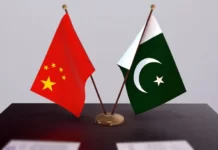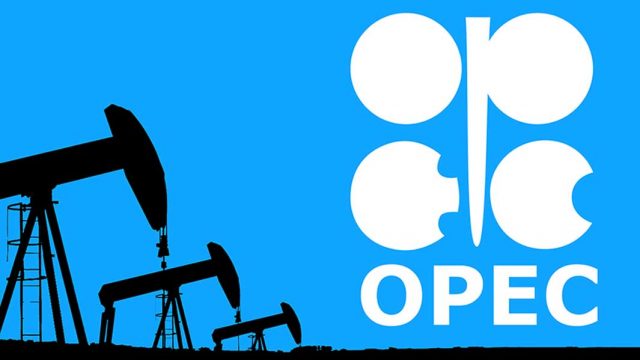Oil markets are bracing for a crucial meeting of Saudi Arabia, Russia and six other members of the OPEC+ “Voluntary Eight” (V8) alliance on Sunday, as uncertainty surrounds whether the group will hold output steady or push for fresh hikes despite sliding prices.
Crude has tumbled 12 percent this year, with Brent trading in the $65–$70 per barrel range as non-OPEC+ producers expand supply and tariffs erode demand. Analysts warn that even without further production increases, the market faces a surplus in the coming months.
Since April, the V8 — comprising Saudi Arabia, Russia, Iraq, the United Arab Emirates, Kuwait, Kazakhstan, Algeria and Oman — has pivoted from years of deep cuts to a strategy of regaining market share through phased output hikes. Together with its OPEC+ partners, the bloc had previously removed nearly six million barrels per day (bpd) from the market in a bid to prop up prices.
“Demand for oil is expected to fall in the fourth quarter, with seasonal consumption typically lower than in the northern hemisphere’s summer months,” said Jorge Leon of Rystad Energy. “Even if production isn’t lifted, excess supply will gradually weigh down prices.”
Market speculation intensified midweek that the group may tweak October quotas. Ole Hansen of Saxo Bank said such a move would signal the bloc’s seriousness about clawing back market share, even if it meant letting crude fall below $60.
Adding to the debate, Arne Lohmann Rasmussen of Global Risk Management noted that OPEC’s own data suggests “room for more oil in the market” in the coming quarters, possibly reopening discussions on voluntary cuts of 1.66 million bpd agreed in spring 2023.
Despite the output hikes, prices have held firmer than many predicted, supported by geopolitical risks. Moscow’s war in Ukraine remains a critical factor, with Washington increasing pressure on Russian exports.
US President Donald Trump last month raised tariffs on India for its Russian oil purchases and has urged Europe to halt buying crude from Moscow. Speaking to allies in Paris, he pressed EU members — particularly Hungary and Slovakia — to cut dependence, while also calling for pressure on China, Russia’s top oil customer.
Analysts warn that while curbing Russian sales could open space for OPEC+ barrels, Moscow, the world’s second-largest producer, remains reliant on higher oil prices to fund its war effort, limiting its appetite for deeper output increases.
























